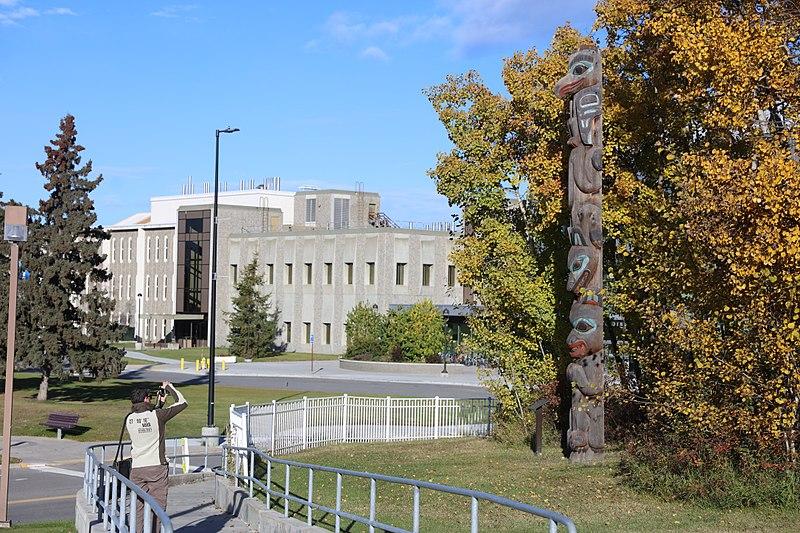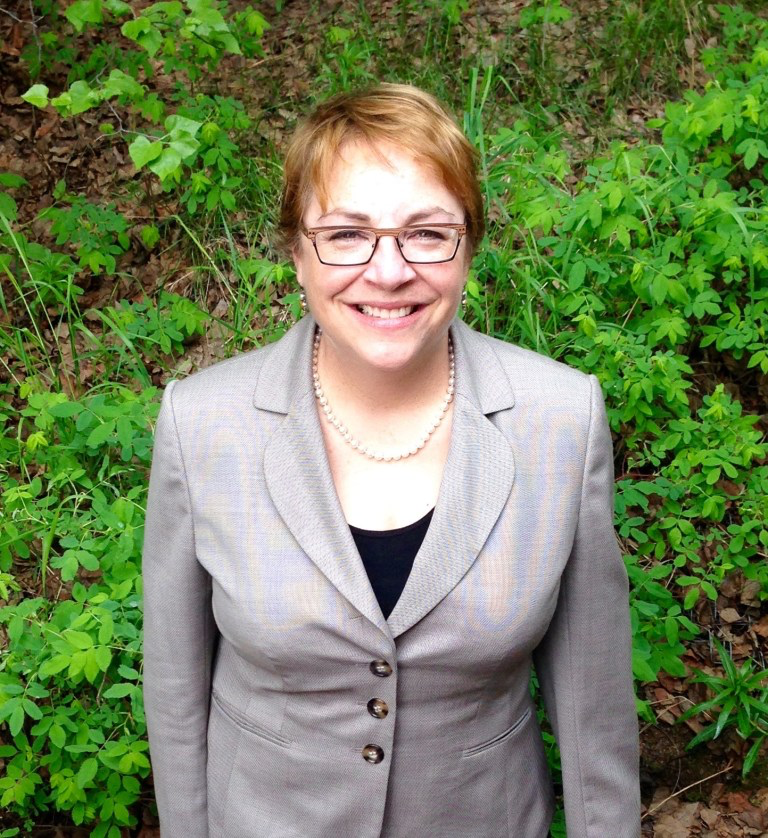Covid-19 Forces Arctic Schools to Go Virtual

University of Alaska Fairbanks, along with campuses across the state, have moved to online classes to prevent Covid-19 spread. Photo: Enrico Blasutto/Wikimedia Commons
From kindergartens to universities, schools across the Arctic are going virtual to slow the spread of the corona virus, or Covid-19.
The novel coronavirus pandemic has wreaked havoc on global markets, mass gatherings, and international travel. Now, both Alaska and Norway have closed school for all students in a measure to prevent the spread of the virus through the Arctic. State officials in Alaska announced on Friday March 13 that public schools will be closed from March 16 to March 30. The State’s announcement came one day after University of Alaska President Jim Johnsen made the decision to end most in-person classes for the rest of the spring semester. The University of Alaska system serves more than 20,000 students with locations in Anchorage, Fairbanks, Juneau, and other rural communities. Hands-on learning like science labs will continue to be held in person with special permission, taking extreme caution with frequent cleaning and limiting contact.
Across the Atlantic, the Norwegian Government has introduced comprehensive measures to limit person-to-person spread of Covid-19. Prime Minister Erna Solberg announced at a press conference last Thursday that "All the country's kindergartens, schools, primary schools, secondary schools, technical colleges and universities are to be closed.” And on Monday, March 16 Finland announced it will be closing all schools except for kindergartens.
As more school are heeding the warnings of social distancing to prevent community spread, educators are taking their classes online and trying distance instruction for the first time. But in the Arctic where broadband is limited, virtual learning poses exceptional challenges.
Unique Education Challenges for the Arctic
Dr. Diane Hirshberg, Professor of Education Policy at University of Alaska Anchorage (UAA), knows these northern education challenges all too well. As the advisor to the UAA Chancellor on Arctic Research and Education, Dr. Hirshberg studies education policy, indigenous education, circumpolar education issues, and the role of education in sustainable development.
“Across the north, we face common challenges in providing access to higher education, making our education system relevant to all residents, especially youth who want to stay in rural, remote and/or Indigenous communities, and in retaining our students,” Dr. Hirshberg explained in an exclusive interview with High North News. “In much of the North, it’s hundreds of miles to the nearest higher education institution, and while we are increasingly using distance learning options, many communities lack the broadband access to facilitate this well.”
For Dr. Hirshberg, the biggest challenge, especially for Arctic communiteis in Alaska, is access to technology. “Broadband access is still not universal; in some communities in Alaska the only fast internet is in the tribal office or the school, and those buildings are not open or available for all the timeframes in which courses are offered.”
Still, while the Arctic’s long distances between residents and colleges are a challenge, this experience make some Arctic educators veteran virtual experts with know-how to share with others who are rapidly shifting to online learning during the pandemic.
Long Distance Learning a Long-Held Pastime For the North
Dr. Hirshberg described the broad use of distance learning across the north to High North News. “This includes both synchronous (live teaching where students and instructors communicate in real time using platforms like Zoom or Collaborate) as well as asynchronous learning, which can include watching pre-recorded videos, communicating in online chat sessions, and taking exams online.”
Already, there are many successful examples of distance learning. For example, over half the students at the University of Akureyri participate in flexible and online learning options. “There are University of the Arctic-sponsored courses that enroll students across the north in synchronous learning,” Dr. Hirshberg explained, “I have colleagues in Alaska and Norway who co-taught an environmental security course with students from Alaska, Labrador, Norway and Denmark participating. Almost all of the teacher education programs in the University of Alaska are offered via distance learning, and numerous other programs as well.”
But even as Arctic colleges and universities are innovating in virtual spaces, the Covid-19 pandemic will aggravate inequities in access to learning.
Social Isolation, Mental Health, and High Dropout Rates
“While distance education works well for some, it’s often least successful for those students who are least prepared for postsecondary education.” Dr. Hirshberg warns that “moving mid-stream from offering in-person courses and the supports that are offered in institutions, from academic and mental health counseling and advising to intensive supports from writing tutors and math study groups is really hard.”
Beyond the current global pandemic, many young people across the Arctic report dealing with mental health issues and depression. “The social isolation that many already struggle with is going to be increased, and the fears brought on by Covid-19 will also amplify these issues for some,” Dr. Hirshberg fears. “We already find that many of our most vulnerable students will go home for winter break and not return in the spring. I fear that sending students home now will result in many deciding not to come back until fall, and perhaps not at all.”
Only time will tell if Covid-19 will increase already high dropout rates in Arctic post-secondary institutions, especially among Indigenous students.

